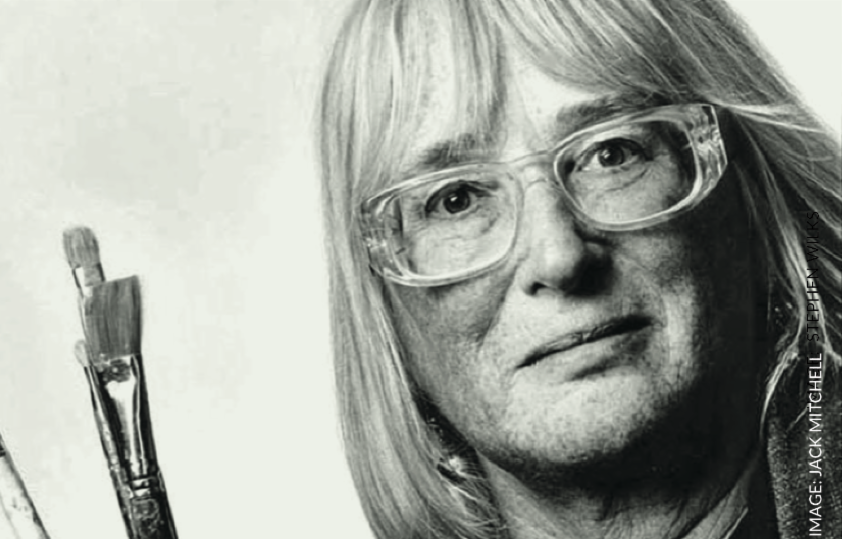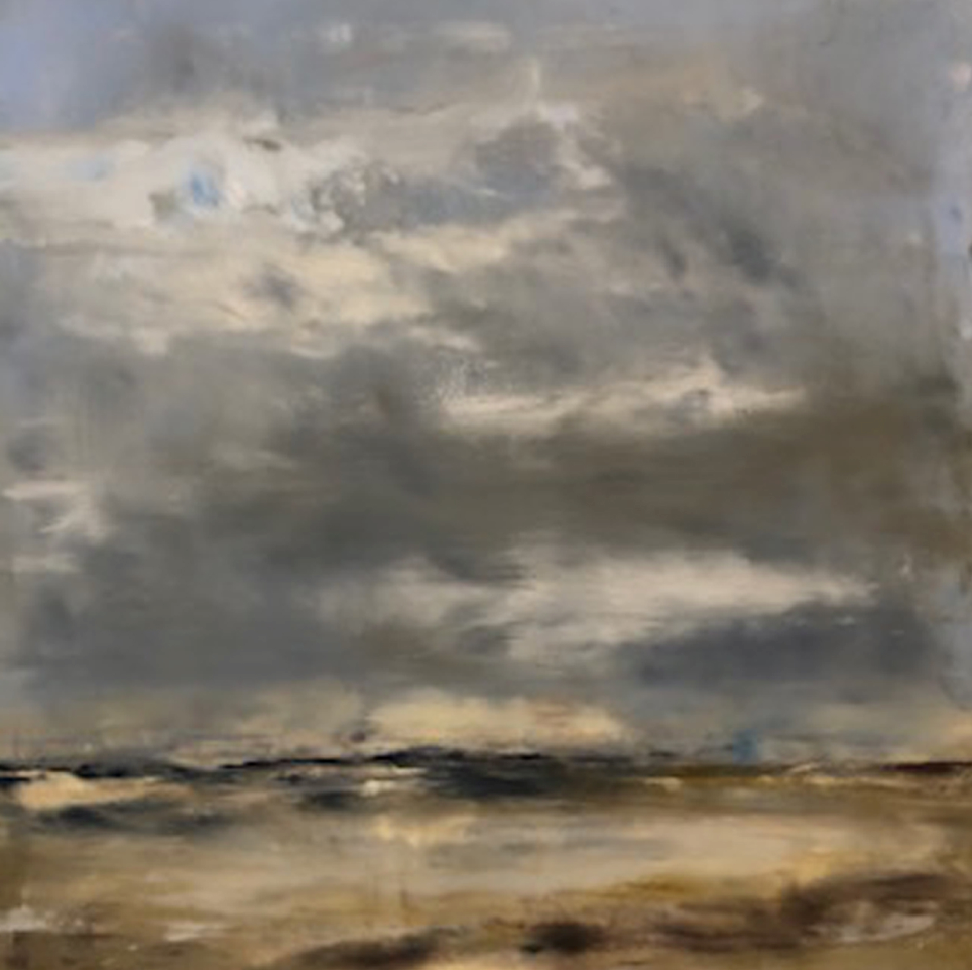THIS WEEK’S MUSE
JANET FISH

JANET FISHER
“I feel as though I haven’t seen an object until I actually start painting it.”
Janet Fish is an American Realist artist. Through oil painting, lithography, and screen-printing, she explores the interaction of light with everyday objects, often using transparency and reflected light as the central devices in her work.
Fish was born in 1938 in Boston, MA and spent her childhood in Bermuda. Returning to Massachusetts to study sculpture at Smith College, she then went onto Yale School of Art to study painting. Soon after completing her studies, she moved to New York City, where she still lives and works today. She has been described as “One of the most interesting realists of her generation.”
Realism was an artistic movement that emerged in France in the 1840s. It stood against the prevailing exotic and emotional Romantic movement and sought to portray real objects, people, and situations with truth and accuracy. Realism was primarily concerned with how things appeared to the eye, rather than trying to create idealistic representations of the world. The popularity of the realistic movement grew with the development of photography. This new visual medium increased the desire to produce representations which looked real and showed its subjects in a realistic light.
Fish largely rejected Abstract Expressionism—favored by her Yale instructors—preferring the “physical presence of objects” and the connection with images in the real world instead. Influenced by the Dutch still life tradition, her work focuses on contemporary experience. The familiar subjects of her paintings are createdwith a richness of detail and the vibrant, tropical palette of her childhood.
“I think it is important to do what you believe in and ignore the critics.”
She is drawn to painting light she calls “packaging” – cellophane, wrappers, glass, and reflections. Other preferred themes are everyday objects – clear glassware, bottles, and goblets. Teacups, flower bouquets, textiles with interesting patterns, vegetables, and mirrored surfaces are also subjects she regularly returns to.
“The real subject is the light, movement, and color [of] the objects in one’s mind.”
Years of working almost exclusively from life—rather than from photographs—is the foundation of Fish’s creative process. “When copying a photograph,” says Fish, “all the color and composition decisions have been made for you.” As a painter, she wants to make those color and compositional decisions herself, and by letting a particular shape or color dominate as she works, it develops the narrative and meaning of a painting naturally. “I set up a situation and the painting makes its own demands.”
In each painting Fish deliberately limits her color palette, blending and combining them to create cohesion across the painting. She does the same with shape and form; by developing connections between objects, cohesion and coherence emerge across the work.
“It seemed to me that composition is about grabbing the viewer’s eye and keeping it there in the painting and trying to keep that eye moving around the painting and not let it escape.”
HAPPENING

Saturday, June 4, and Sunday, June 5, from 10am–3pm
Cold Wax Painting Intensive
With Elaine Tata
Explore the magic of painting in oil and cold wax.
$140 – Member, $160 – Non-Member
